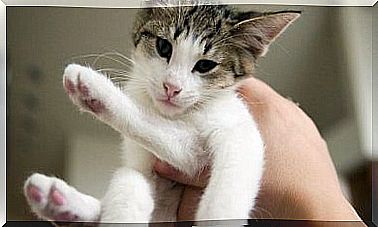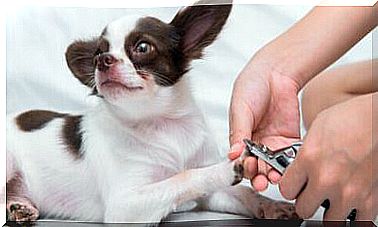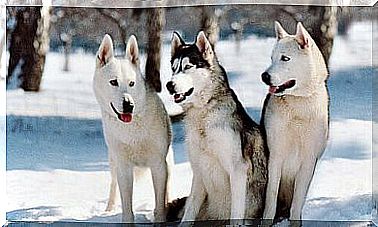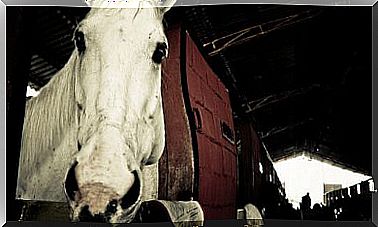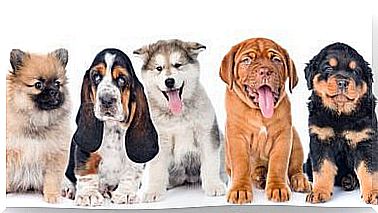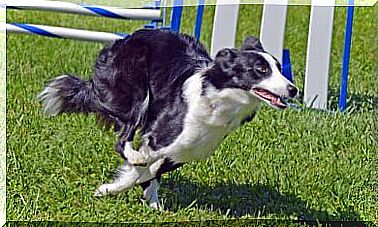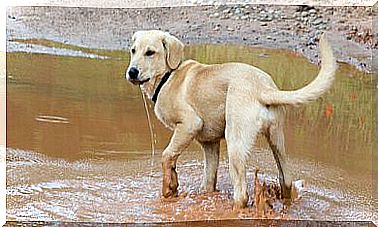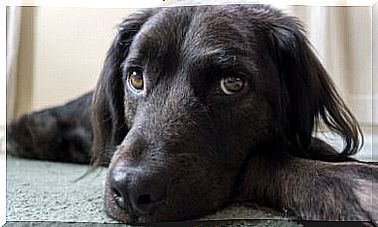Group 4 Dogs: Breed Classification According To The FCI

The Fédération cynologique internationale (FCI) is responsible for determining the standards of dog breeds, classifying them according to their characteristics. In this article we will tell you about the dogs of group 4, which includes the Dachshund (or Teckel).
Group 4 dog breeds
This group is formed by a single section, that of the Dachshund, Teckel or, more commonly Dachshunds, which are divided into three types according to their size.
This dog breed owes its particular physiognomy to a genetic mutation called Bassetism (also present in Basset Hounds, for example). According to the weight it can be:
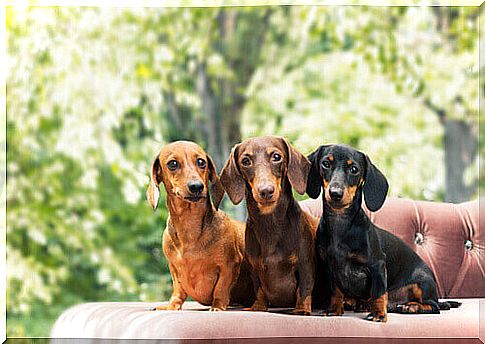
- Standard (9 to 11 kg)
- Nano (4.5 to 6 kg)
- Kaninchen, rabbit in German. (less than 4.5 kg)
Another subdivision among the Dachshunds is made according to the type of hair:
- Hard (gray in color)
- Short (black, red, brown or spotted in color)
- Long (in the same colors as the short-haired ones)
History and characteristics of the Dachshund
Group 4 dogs were born in Germany at the end of the 19th century. In 1888 the first document on the physical characteristics of the breed was drawn up. The popularity of the Dachshunds is related to royalty as, for example, Queen Victoria loved these dogs very much.
Although they are “den dogs”, La Fédération cynologique internationale has decided to create a group only for this breed, because it does not resemble any other, not even the Basset Hound.
As for the appearance of the Teckel, it is quite peculiar and difficult to confuse. It has an elongated body, a long tail, a pointed snout, short legs, black nails, and large, downturned ears. The Dachshund was created to hunt rabbits and other animals that live in burrows. He is very brave and will not be afraid if he has to confront a wild boar or a bigger dog.
Character and training of a Dachshund
The Dachshund is very stubborn, but he can be trained. The dogs of group 4 are “poorly educated” by their owners, due to their size: they are said to be very capricious. If they are trained properly, they will be devoted to their owners.
The Teckel is very intelligent and learns quite quickly. It is necessary to have a little patience and, above all, perseverance. It is an affectionate, protective and playful animal, ideal for children (although sometimes he is brusque with them).
Although he has an excellent sense of smell and can perform Hound duties, he is neither a Terrier nor a Hound, and is not used as a hunting dog either.
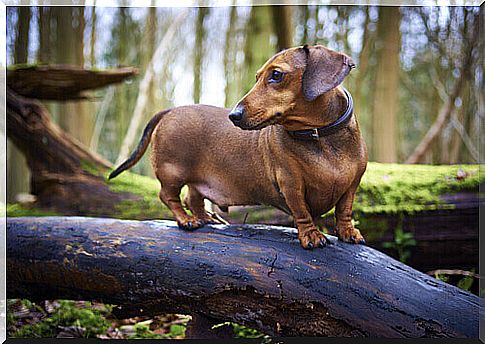
Health of the Dachshund
One of the main health problems that this breed presents is related to the spine, which is longer than normal. The risk of suffering from slipped discs or degenerative changes in the spine can increase if the dog is overweight. To avoid these problems in the future, we recommend that you do not make them go up or down stairs many times a day and do not let them jump too much.
With proper physical activity there should be no complications and the animal can have fun outdoors. Group 4 dogs are quite agile and have exceptional reflexes, however they do not run very fast due to their short legs.
As for hygiene, you have to brush them regularly, using a brush that allows you to remove dead hair. We advise you to use a dry shampoo and, if you bathe them, you need to dry them well afterwards.
Due to their small stature and good character, Dachshunds are suitable for living in small apartments or houses with a garden. They love family life. They are protective of loved ones.
